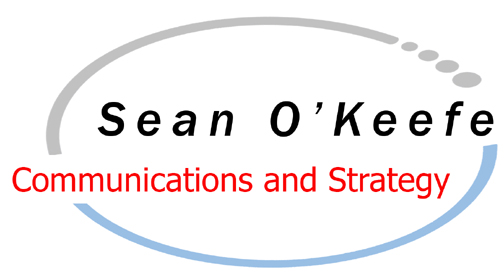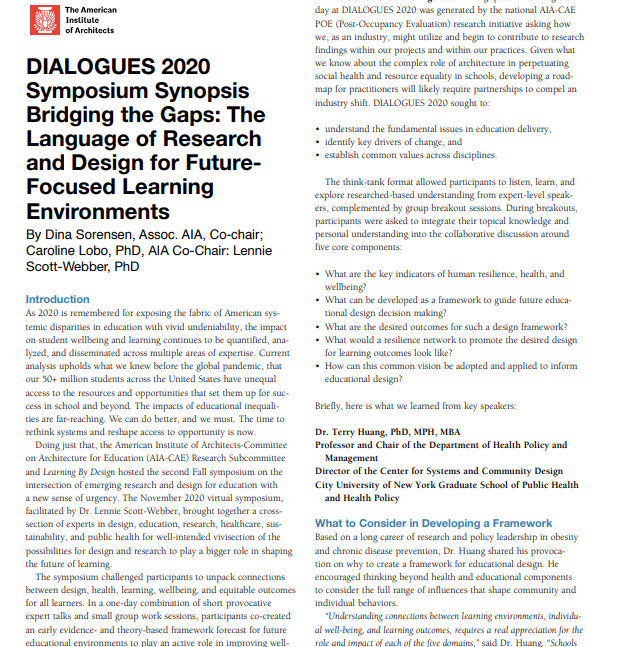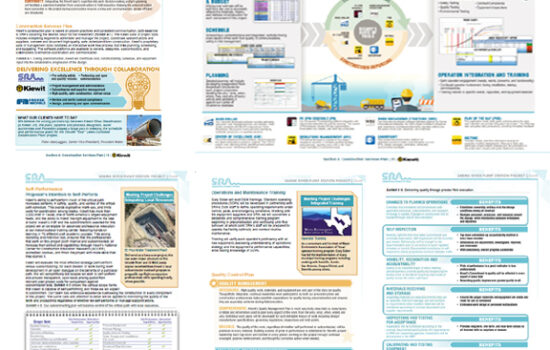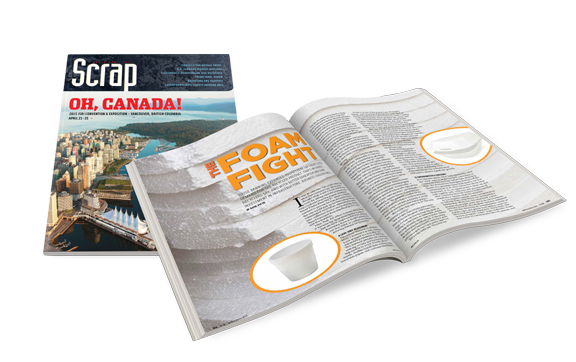Technical writing for construction and design is often rather straight forward compared to other types of copywriting. Readers want to be informed and will enjoy being inspired, but they aren’t interested in being entertained. Brevity is appreciated. Technical writing assignments for the architecture, engineering, and construction industry have included hundreds of customized project approaches for winning RFP submissions, Framework Planning for Urban Corridors, and Symposium Synopsis from the AIA Committee on Architecture for Education. From proposals to procedures for operations management, wherever it’s too complex to say it yourself, Sean steps in to solve for X.

Construction and Design Writer
Technical Writing for Construction and Design
“Sean has a distinct voice and confidently communicates complex topics. He has an ability to cut through industry jargon or buzzwords to find and amplify what really resonates with his audience. His writing is extremely relatable to a broad readership.”
-Tom Brooke
Denver South Economic Development Partnership
Technical writing requires technical understanding
With more than 20 years of experience a technical writer for construction and design, Sean understands any AEC technical writing assignment begins with the submission specifics including the questions asked, the response length and format, and the audience’s attention relative to the anticipated volume of submissions. As a result of having authored more than 1,500 RFP submissions for projects across the full spectrum of architecture, engineering, construction, and development, Sean understands the black, the white, and the gray or any technical solicitation expected of the AEC industry.
and skilled interviewing to drawn out details
Through the briefing process, Sean develops interview questions to explore the who, what, how, and why of the situation. Then, the interview process engages subject matter experts on program objectives, challenges, solutions, and outcomes. Sean structures interviews telescopically, making highly technical conversations involving acute expertise and multiple perspectives simple and straightforward. In addition to talking to the client’s project leadership, when needed Sean integrates secondary interviews with owners, adjacent participants, or users. Once the interviews are complete, Sean ingests the information from all sources and delivers a fully written technical response that corresponds to the submission requirements and selection criteria in sequential order. Afterwards, on more than 95 percent of assignments, once the writing is turned in, the client takes it from there.
Client: Denver South Economic Partnership
Technical Writing Assignment: Strategic Framework Planning
Denver South’s Framework to Advance and Preserve the Corridor was undertaken in anticipation of substantial population growth throughout metro-Denver. It intends to succinctly assess existing conditions, thoughtfully identify challenges, and present both visionary and practical approaches to controlling circumstances that could erode the quality of life in Denver South.


Client: AIA CEA and Learning By Design
AEC Technical Writing Assignment: Framework for Rethinking Educational Architecture
In 2020, Learning By Design Magazine hosted the American Institute of Architects’ Committee of Architecture for Education’s annual conference virtually for the first time to surprising success. Attendees from around the world joined a series of critical thinkers in a day-long seminar to discuss the state of public education in the face of the worldwide reaction to COVID-19. This ghostwritten document encapsulated the overall conference and findings in a single, reader-ready synopsis of roughly 2,500 words
Client: Pepper Ohio
AEC Technical Writing Assignment: Standard Operating Procedures
Pepper Construction’s Ohio Operations team sought a strategic Standard Operating Procedures Manual detailing the ins and outs, the how’s and why’s of their operations. As such, working with Pepper’s Sr. Leadership, Sean developed Standard Operating Procedures for dozens of key operational processes to unify the workflow across all future operations. Team interviews of just 30 minutes per topic resulted in confident statements about who is expected to do what, when, where, and why in less than 500 words per process.
Client: Kiewit
Technical Writing Assignment: Proposal Writing
Kiewit’s 132-year history of construction excellence is based on a simple ambition of doing things right the first time. As such, technical writing responsibilities included interviewing project and firm leadership to dissect complex architectural, engineering, and construction challenges and proposed solutions to craft compelling technical responses, executive summaries, and cover letters in winning RFP submissions. From water/wastewater to heavy civil, rail, aviation, roads, bridges, and power, if it gets built Kiewit builds it.


